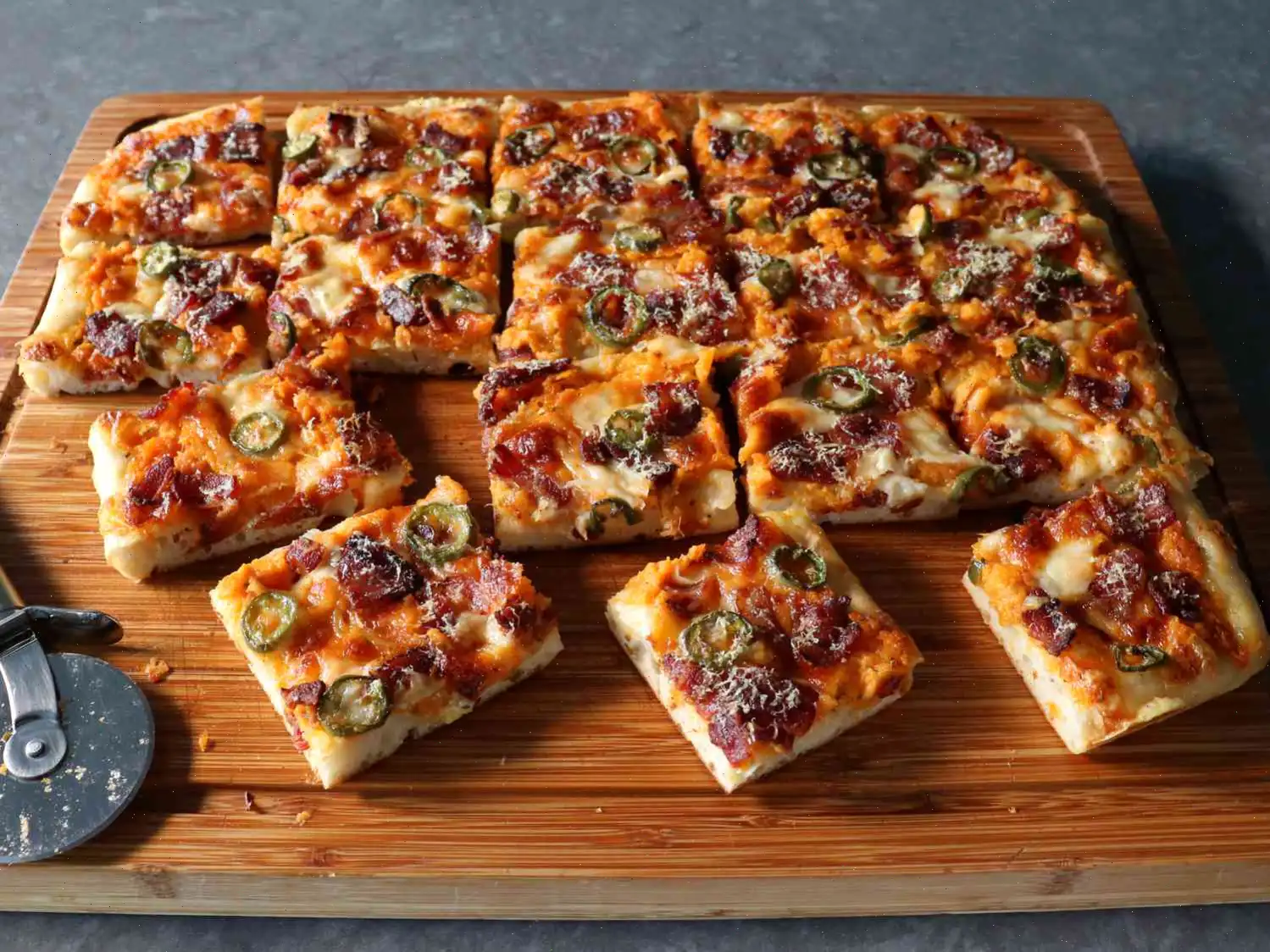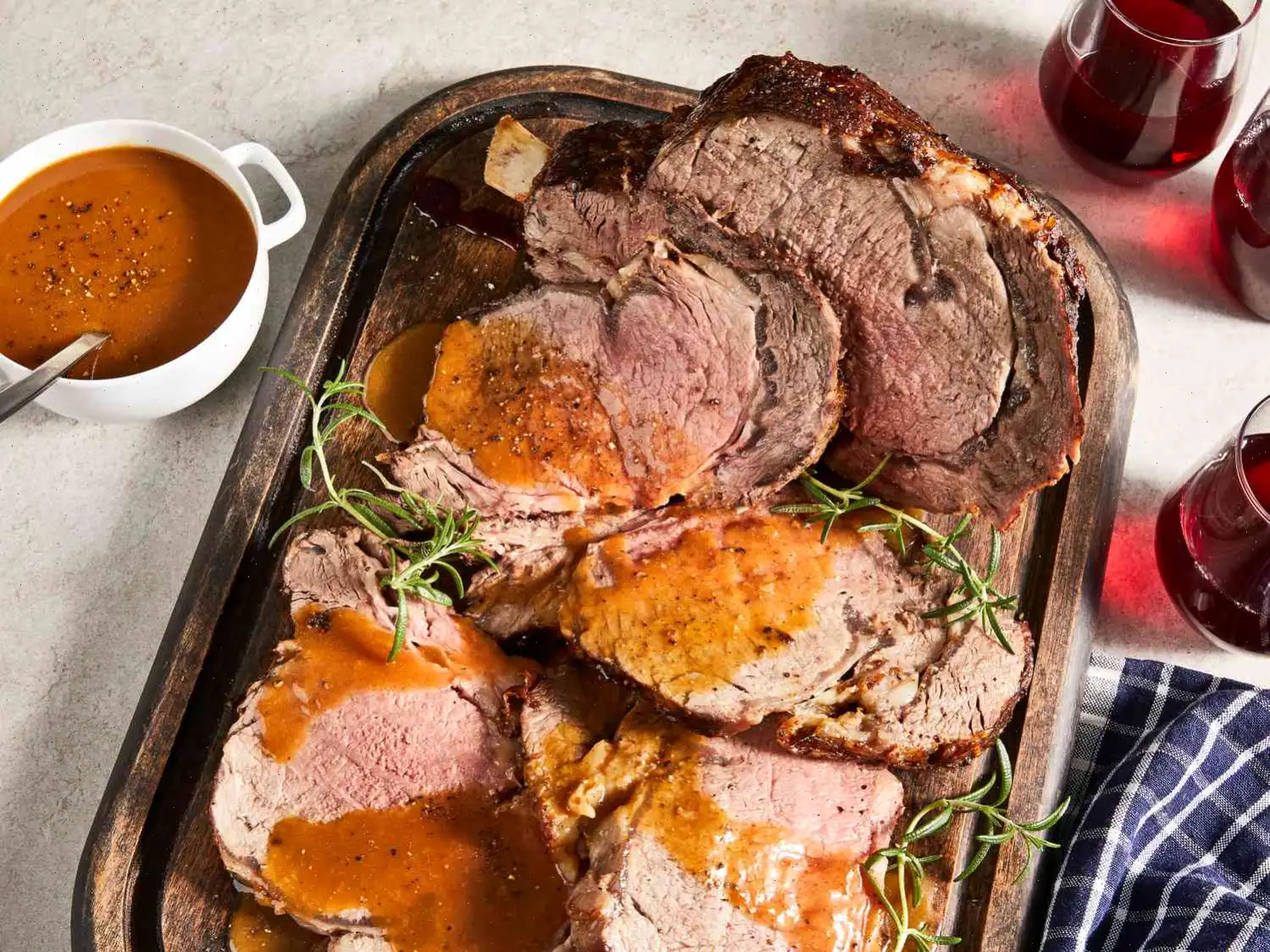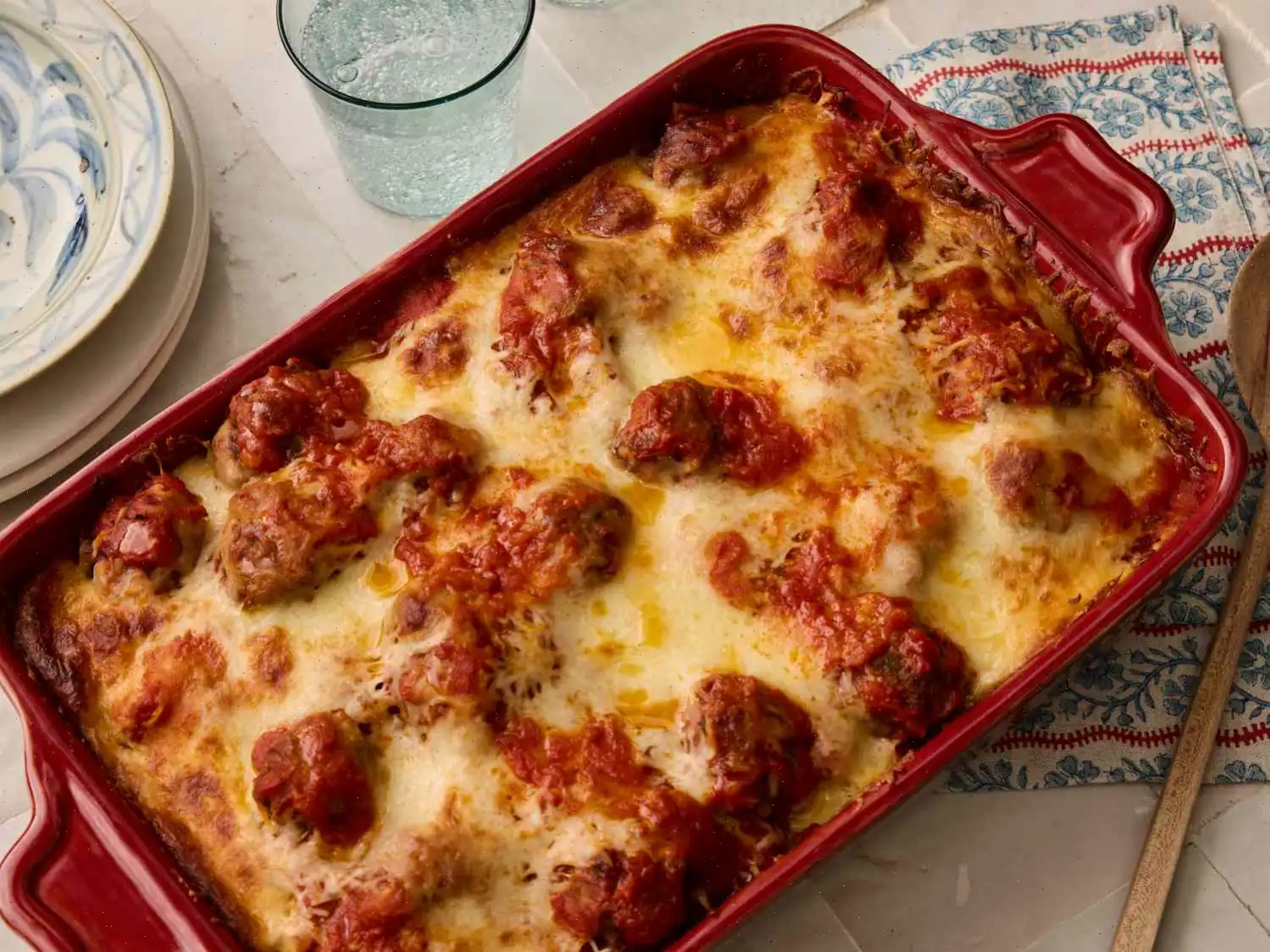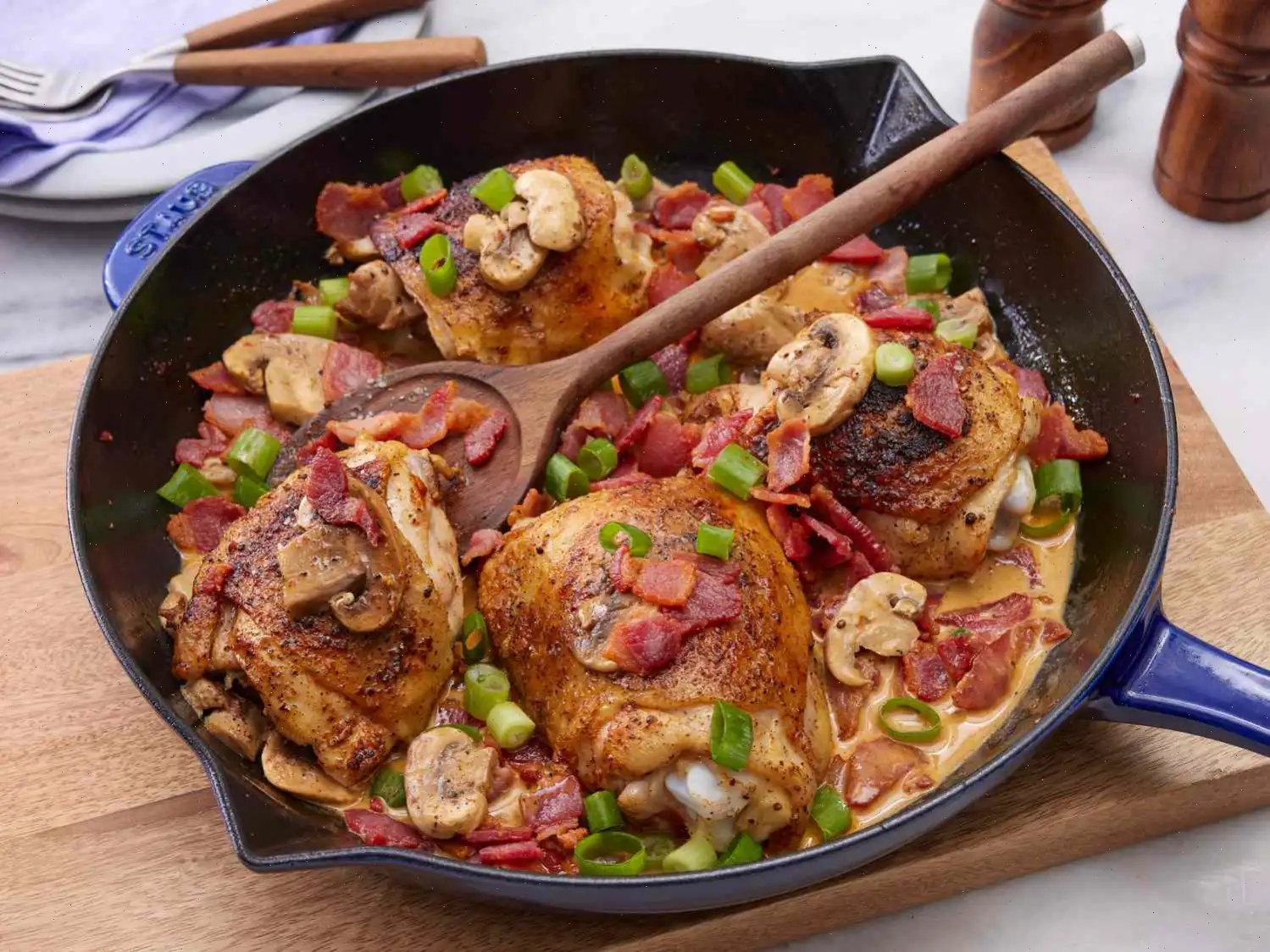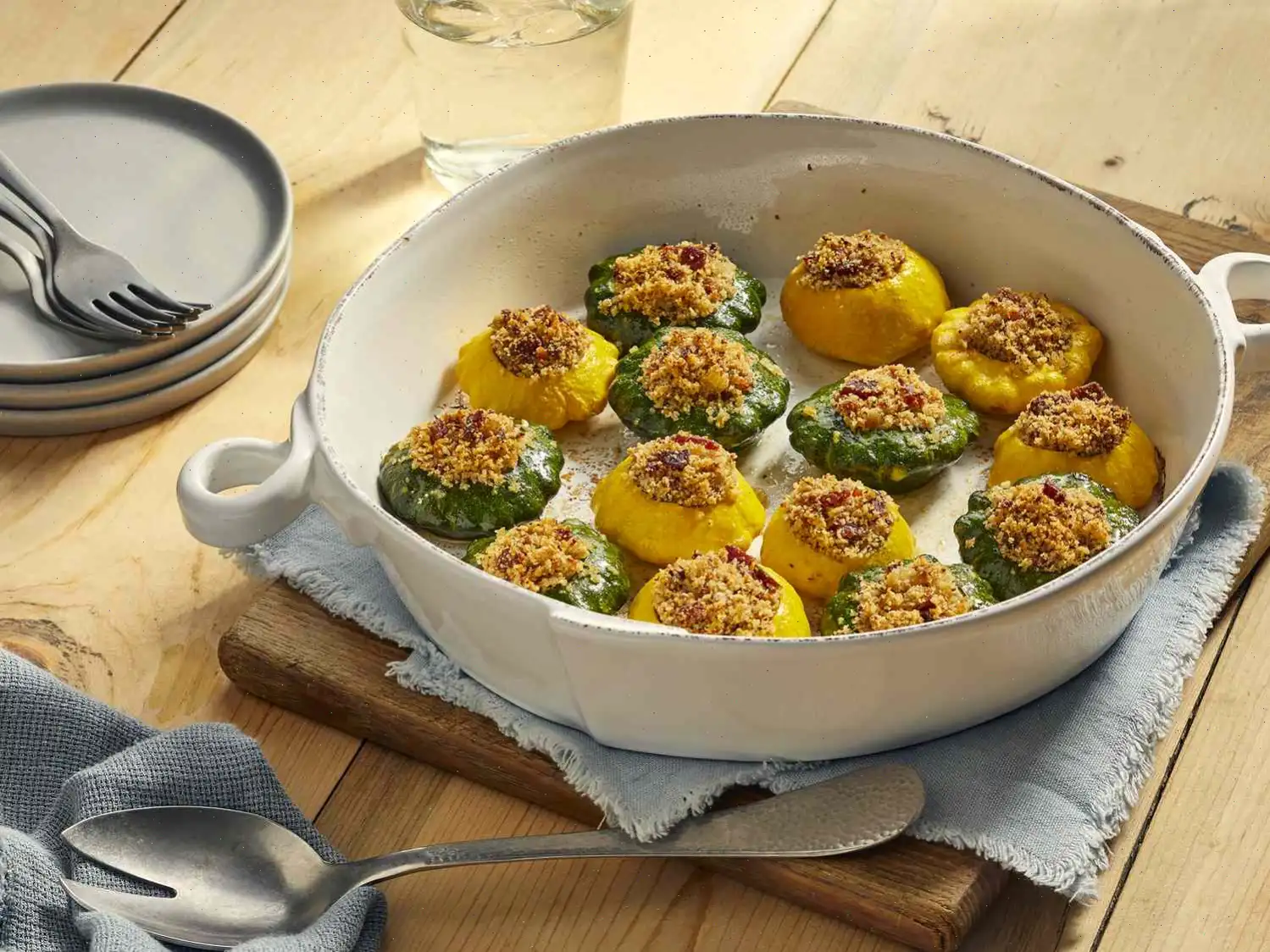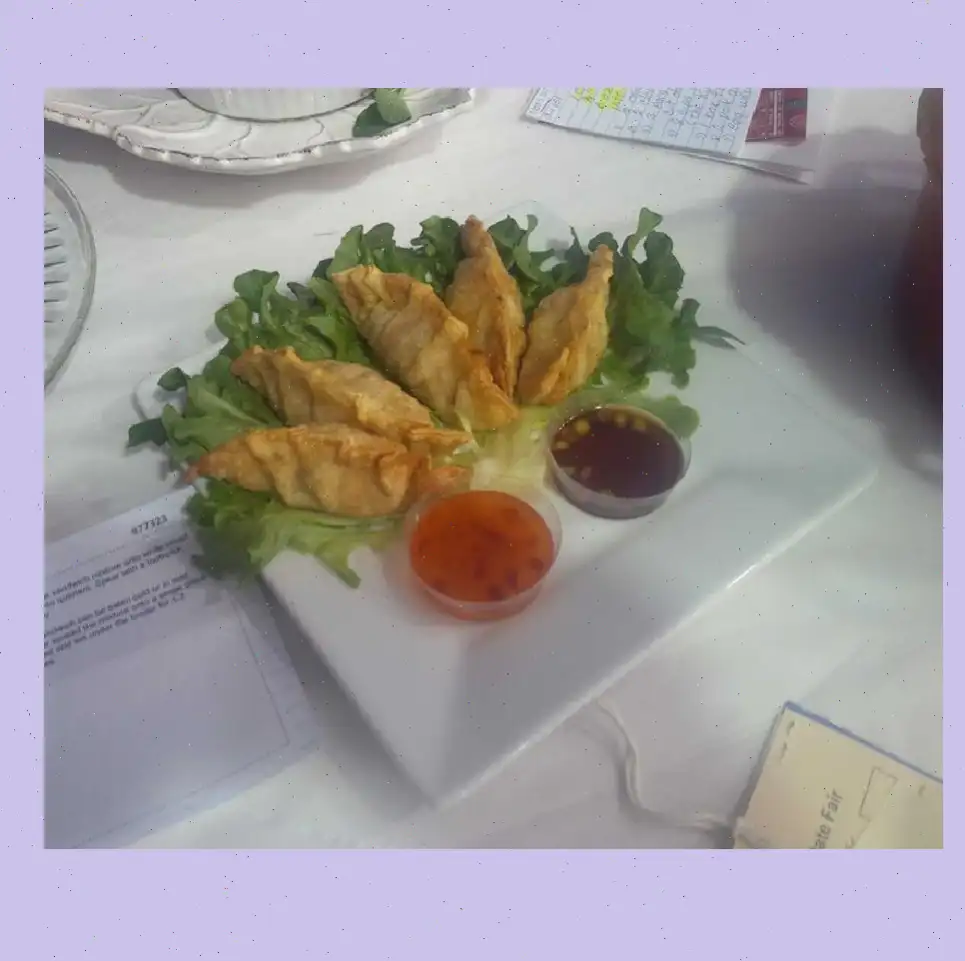
Quinoa, Butternut Squash, and Kale Salad Recipe
Ingredients
- 2 tablespoons extra-virgin olive oil, divided
- teaspoon ground cumin
- teaspoon dried oregano
- teaspoon chili powder
- teaspoon sea salt
- Ground black pepper to taste
- butternut squash - peeled, seeded, and cubed
- 1 zucchini, cubed
- 2 cups water
- 1 cup quinoa
- 2 cups chopped lacinato kale
- 2 cups chopped Italian parsley
- cup raisins
- cup chopped red onion
- cup apple cider vinegar
- 1 tablespoon honey
Directions
Step 1: Preheat your oven to 375F (190C).
Step 2: In a small bowl, combine 1 tablespoon of olive oil, ground cumin, dried oregano, chili powder, sea salt, and black pepper.
Step 3: Add the cubed butternut squash and zucchini to the bowl and toss until they are evenly coated with the spice mixture.
Step 4: Transfer the seasoned butternut squash and zucchini to a baking sheet in a single layer.
Step 5: Roast in the preheated oven, tossing once halfway through the cooking time, for about 25 minutes, or until the vegetables are soft. Remove from the oven and set aside to cool.
Step 6: In a medium saucepan, bring the water and quinoa to a boil. Reduce the heat to medium-low, cover, and simmer for 15 to 20 minutes, or until the quinoa is tender. Drain any excess water and let it cool.
Step 7: In a large mixing bowl, combine the remaining 1 tablespoon of olive oil, roasted butternut squash, zucchini, quinoa, chopped kale, chopped parsley, raisins, red onion, apple cider vinegar, and honey. Toss everything together until well combined.
Nutrition Facts (per serving)
| Calories | 5g Fat | 35g Carbs | 5g Protein |
|---|---|---|---|
| 195 | 5g (7% DV) | 35g (13% DV) | 5g (10% DV) |
| Includes | 1g Saturated Fat (4% DV) | 4g Dietary Fiber (15% DV) | 11g Total Sugars |
| Sodium | 132mg (6% DV) | Vitamin C | 46mg (51% DV) |
| Calcium | 87mg (7% DV) | Iron | 4mg (24% DV) |
| Potassium | 607mg (13% DV) |
* Percent Daily Values are based on a 2,000 calorie diet. Your daily values may be higher or lower depending on your calorie needs. ** Nutrient information is not available for all ingredients. Amount is based on available nutrient data. (-) Information is not currently available for this nutrient.

Author: Jessipes
History and Origin
Quinoa, Butternut Squash, and Kale Salad is a modern fusion dish, blending the earthy flavors of quinoa, roasted vegetables, and kale. Quinoa itself originates from the Andean region of South America, where it was cultivated by ancient civilizations like the Incas. It was a staple of their diet for thousands of years, known for its high protein content and versatility. Butternut squash and kale, on the other hand, have been used in various culinary traditions for centuries, especially in Mediterranean and American cuisines. The combination of these ingredients in a salad reflects contemporary trends in health-conscious eating, where grains, leafy vegetables, and roasted vegetables are celebrated for their nutritional benefits.
Regional Variations
This salad does not have a specific regional origin, but it draws inspiration from both Mediterranean and American cuisines. The addition of quinoa places the dish in the realm of health-forward, plant-based meals that are popular in Western countries, especially among those following vegan or gluten-free diets. While the base ingredients like quinoa and kale are universally popular in modern global cuisine, some variations of this salad may incorporate different roasted vegetables, nuts, or seeds depending on the local produce available. For example, in the Mediterranean region, you might find quinoa salads featuring olives or feta cheese for added flavor.
Difference from Similar Dishes
Quinoa, Butternut Squash, and Kale Salad stands out from other similar dishes due to its unique combination of textures and flavors. Unlike traditional leafy green salads, this recipe incorporates the hearty texture of quinoa and the sweet, nutty flavor of roasted butternut squash. The addition of raisins and honey brings a subtle sweetness, balancing the bitterness of the kale. Other grain-based salads, like couscous or farro salads, are often served cold, but quinoas lighter, more delicate texture makes it an ideal base for a warm salad. The use of roasted vegetables instead of raw ingredients also adds depth and warmth to the dish, making it perfect for cooler weather.
Where It Is Typically Served
This salad is commonly served as a side dish in both casual and formal settings. It is especially popular as a healthy addition to dinner parties, holiday gatherings, and potlucks due to its vibrant colors and appealing presentation. It also works wonderfully as a light lunch or dinner, offering a balance of carbohydrates, protein, and fiber. Additionally, its versatility makes it an ideal dish for meal prepping. It can be stored in the fridge for several days, making it a great choice for busy individuals looking to maintain a nutritious diet throughout the week.
Interesting Facts
1. Quinoa is technically not a grain, but a pseudocereal, meaning it is a seed that is prepared and eaten like a grain. It is also gluten-free, making it a great option for those with gluten intolerance.
2. Butternut squash is rich in vitamins A and C, making it an excellent addition to a balanced diet for skin health and immune function.
3. Kale is known as a "superfood" due to its high nutrient density. It is packed with antioxidants, vitamins, and minerals, particularly vitamin K, which plays a crucial role in bone health and wound healing.
4. The combination of quinoa, kale, and butternut squash creates a complete protein, meaning it provides all nine essential amino acids that the body cannot produce on its own. This makes the salad an excellent choice for vegetarians and vegans looking for plant-based sources of protein.
5. In 2013, quinoa was dubbed the "International Year of Quinoa" by the United Nations due to its importance as a highly nutritious food source, especially for people living in areas prone to food insecurity.
FAQ about Quinoa, Butternut Squash, and Kale Salad Recipe
Comments
Betty Adams
11/26/2022 10:02:12 AM
It was great! Received thumbs up from my 6-year-old and husband, but got a thumbs down from my picky 12-year-old.
Richard Allen
05/30/2025 06:14:37 PM
Delicious! Everyone enjoyed it without any complaints. I decided to double the dressing.



